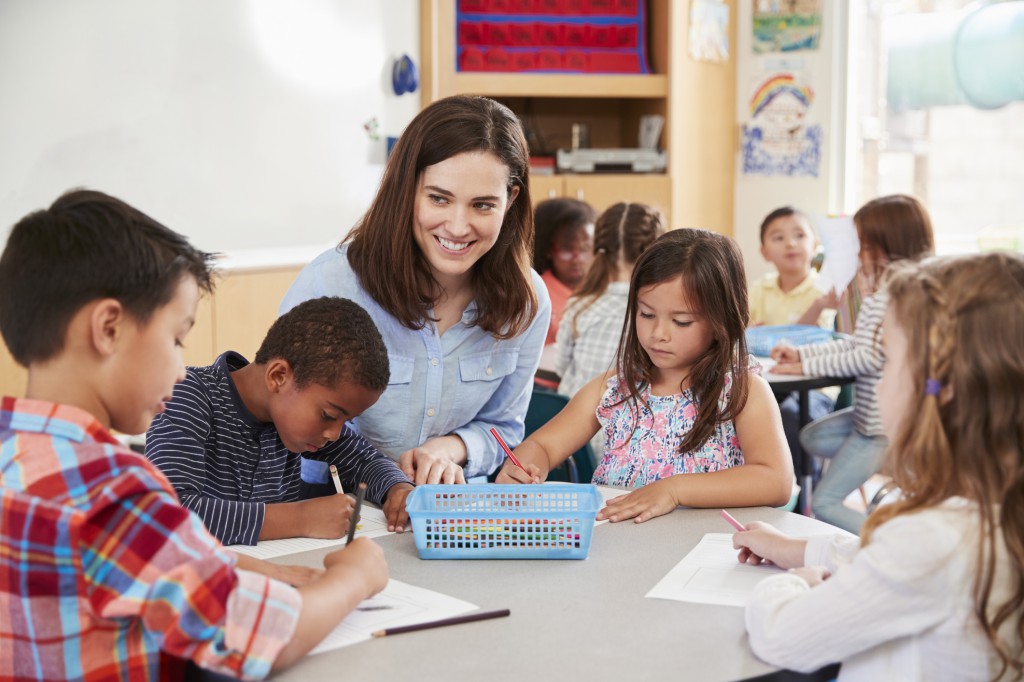Engaging and motivating students is crucial for learning, but it can also be one of the most challenging parts of teaching. Leveraging knowledge of the brain’s functions can help us develop lessons that align with how students best take in and retain information. In this post, I’ll share six research-backed techniques to energise your classroom!
- Tap into Emotions and Relevance
The brain remembers information better when it’s connected to emotions and personal meaning. Help students see the relevance of your content to their lives, interests, and goals. Share real-world examples, thought-provoking stories, and ways the topic impacts them directly. This builds the personal significance that boosts motivation.
- Incorporate Multi-Sensory Learning
Activate different parts of the brain by engaging multiple senses – auditory, visual, kinaesthetic, tactile. Use visual aids like diagrams, illustrations, and concept maps. Add voice inflection, music, and sound effects. Get students moving through roleplaying, simulations, and hands-on materials.
- Teach Memorisation Techniques
Equipping students with memorisation tools like mnemonic devices, acronyms, rhymes, chunking, repetition, and associating new informational with prior knowledge gives them strategies to recall key material. This boosts confidence and academic performance.
- Optimise the Learning Environment
The brain can only focus for so long before it fatigues. Build in frequent breaks, shifting activities, and energizers to refresh attention spans. Providing enough sleep, nutrition, and physical activity also supports cognitive function.
- Promote Mindset and Metacognition
Encouraging a growth mindset, where students believe intelligence can be developed, along with metacognitive reflection on their learning process empowers lifelong learning. Teach students how to monitor understanding, address gaps, and adjust approaches.
- Foster Social-Emotional Skills
Social-emotional competencies like self-management, responsible decision-making, relationship-building, and self-awareness underpin academic achievement. Build time into lessons for developing these critical life skills.
The brain is constantly making connections and forming neural pathways. By intentionally designing instruction with the brain in mind, we can captivate students’ attention, fuel motivation, and leave lasting impressions. Engaged brains learn better! Let me know which strategies resonated with you and how you might incorporate them into your teaching.




